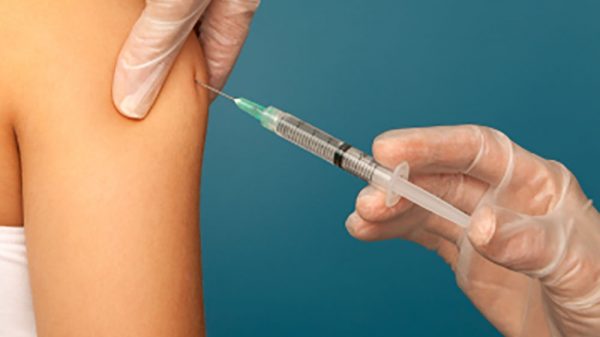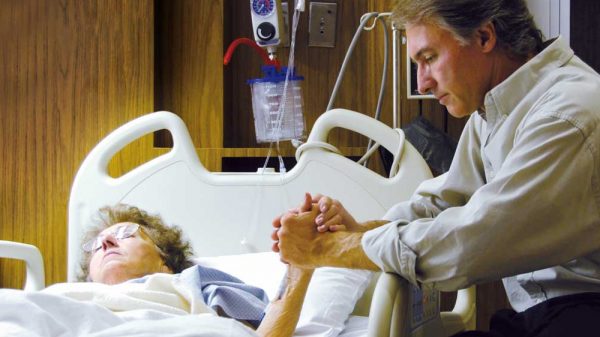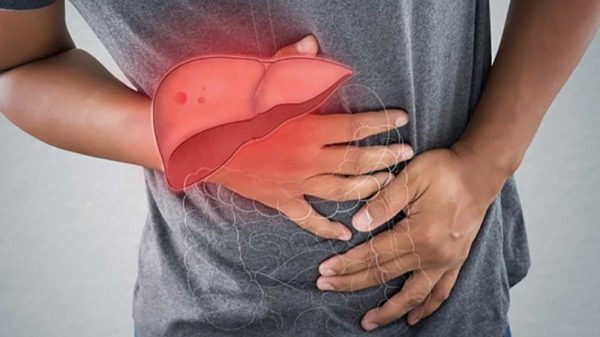If you’ve been diagnosed with liver cirrhosis you’ll be told whether it’s one or the other of two types. They include compensated vs decompensated cirrhosis. Both of these conditions involve scarred tissue. However, compensated cirrhosis is less serious than decompensated cirrhosis. It’s important to know the difference between the two kinds. That includes symptoms, causes, and treatments. Since they’re two different kinds of cirrhosis they’ll also have different treatment options. Liver cirrhosis involves scar tissue replacing healthy liver tissue. However, the difference is in the type and amount of scar tissue that’s formed. So it’s critical to get a checkup/tests so your doctor can help to sort things out for you.
A key difference between the two types of liver cirrhosis is related to the symptoms. There aren’t any symptoms involved with compensated cirrhosis. That’s because there are enough healthy cells/tissue to allow the liver to function properly. The situation changes in the case of decompensated cirrhosis. In that case, there’s more tissue scarring so it causes various complications. Regardless of whether you have compensated/decompensated liver cirrhosis, it’s important to know what to expect and how to prevent your condition from worsening. There are basic steps you can take like avoiding alcoholic beverages and fatty food.
Compensated vs Decompensated Cirrhosis
Compensated
In this type of cirrhosis, the liver functions fairly well even though there’s fibrosis/scarring. People usually have mild/no symptoms. However, it’s still important for their condition to get treatment. This can help to determine your condition and what treatment you should receive.
In fact, it’s critical to get early treatment so the condition doesn’t develop into decompensated cirrhosis, which is more serious. There are various risk factors related to this condition including arthritis, hepatitis B/C, and Inflammatory Bowel Disease (IBD).
Health experts generally consider compensated cirrhosis to be the disease’s early stage of the condition. This condition usually involves living discoloration/scarring but the liver functions mostly normally. In fact, in many situations, there are no symptoms. Some possible symptoms include:
- Low-energy
- Fatigue
- Weight loss
- Nausea
- Stomach pain
- Small red spots
- Loss of appetite
This condition is caused by various factors like heavy alcohol drinking, high-fat diet, and hepatitis B/C. All of these factors can affect liver cells. Other people who might get liver disease include people with immune system diseases like rheumatoid arthritis.
There are various treatments available including anti-virus therapy. This includes medicines that are usually sued for hepatitis C and other similar health conditions. It’s important to note that medicines don’t stop liver scarring. However, they can slow down the process, which is critical.
The main goal of the treatment is to prevent liver cirrhosis from developing into late-stage cirrhosis. This includes symptoms like yellow skin, fluid buildup in the abdomen/legs/feet. This cirrhosis stage is diagnosed with blood tests, imaging tests, and liver biopsy.
Compensated cirrhosis is treated with various lifestyle changes in order to lower the risk of more complications and the chance of liver failure. Some options include lowering salt intake and eating more healthy food to lower fluid buildup. In addition, patients should ditch all alcoholic drinks. Another possible cause includes medicines like Tylenol.
Decompensated
This is a term that refers to complications linked to liver disease. It differs from compensated cirrhosis that often doesn’t produce any symptoms since the liver is still working properly. However, as the liver starts malfunctioning it then turns into compensated cirrhosis.
When people have decompensated cirrhosis they’re getting closer to “end-stage” liver failure and in many cases are liver transplant candidates. The main difference with decompensated cirrhosis compared to the compensated type is there are now symptoms including:
- Fatigue
- Low-energy
- Bloated abdomen
- Confusion
- Jaundice (yellow skin/eyeballs)
- Red palms
- Swollen legs
- Itchiness
- Spider web veins
- Loss of appetite
- Bruising/bleeding
- Slurred speech
- Weight loss
Tissue scarring on the liver happens to protect the vital organ. However, when it becomes so serious the liver can’t work properly. There are various causes of cirrhosis to watch out for including:
- Liver infections
- Hepatitis B/C
- Some medicines
- Copper buildup
- Immune system diseases
- Fat buildup in the liver
- Blocked bile ducts
- Iron buildup
- Long-term heavy alcohol drinking
Doctors usually diagnose decompensated cirrhosis when the patient starts showing cirrhosis symptoms like confusion or jaundice. The diagnosis is verified through different methods. They include blood tests and fluid samples to test MELD scores for end-stage liver disease. Imaging tests are done to check the size/shape of the liver. A liver biopsy might be done to evaluate a small liver tissue sample.
Few treatment options are available for patients with decompensated cirrhosis. In most cases, it’s impossible to reverse the health condition. Meanwhile, this also makes the patients good candidates to receive a liver transplant. It’s highly recommended that people with 15+ MELD scores consider a liver transplant.
There are two types of transplants including partial/whole. Sometimes a live donor can provide part of their liver to a cirrhosis patient. The liver is one of the few human livers that can grow back within a few months.
Top Liver-friendly Foods/Beverages
Garlic
This superfood is easily one of the top herbs you can eat. If you’re not a fan of raw garlic you can go with garlic juice, garlic powder, and simply add some to your cooking. Studies show that it might help to boost liver health. A 2016 study showed that eating garlic helped to lower weight/fat in people with liver disease. This is important since body weight is one of the key factors related to NAFLD.
Green Tea
This is one of the top diet drinks along with brewed coffee and water. A 2015 study showed that green tea might help lower a person’s total fat, reduce the negative effects of “free radical” molecules and lower signs of something called non-alcoholic fatty liver disease (NAFLD). When picking tea go with real tea over extracts.
Berries
Some good options include cranberries, blueberries, and raspberries. They contain powerful antioxidants that can help prevent liver damage by protecting it. A recent study showed that eating berries regularly can help to boost the immune system.
Oatmeal
This gluten-free grain is an easy and tasty way to add fiber to your daily diet. Dietary fiber isn’t digested by the body but is critical for better digestion. Studies show that fibers in oatmeal might help boost liver health. A 2017 study review showed that a chemical compound in oatmeal known as “beta-glucans” provides many health benefits.
Coffee
A 2013 study review showed that over 50% of Americans drink coffee every day. Studies show it’s liver-friendly since it protects people’s liver tissues and can help prevent fatty liver disease. A cup of coffee might also help to lower the risk of major liver disease. The popular beverage might also help to prevent conditions like liver cancer and compensated vs decompensated cirrhosis.























